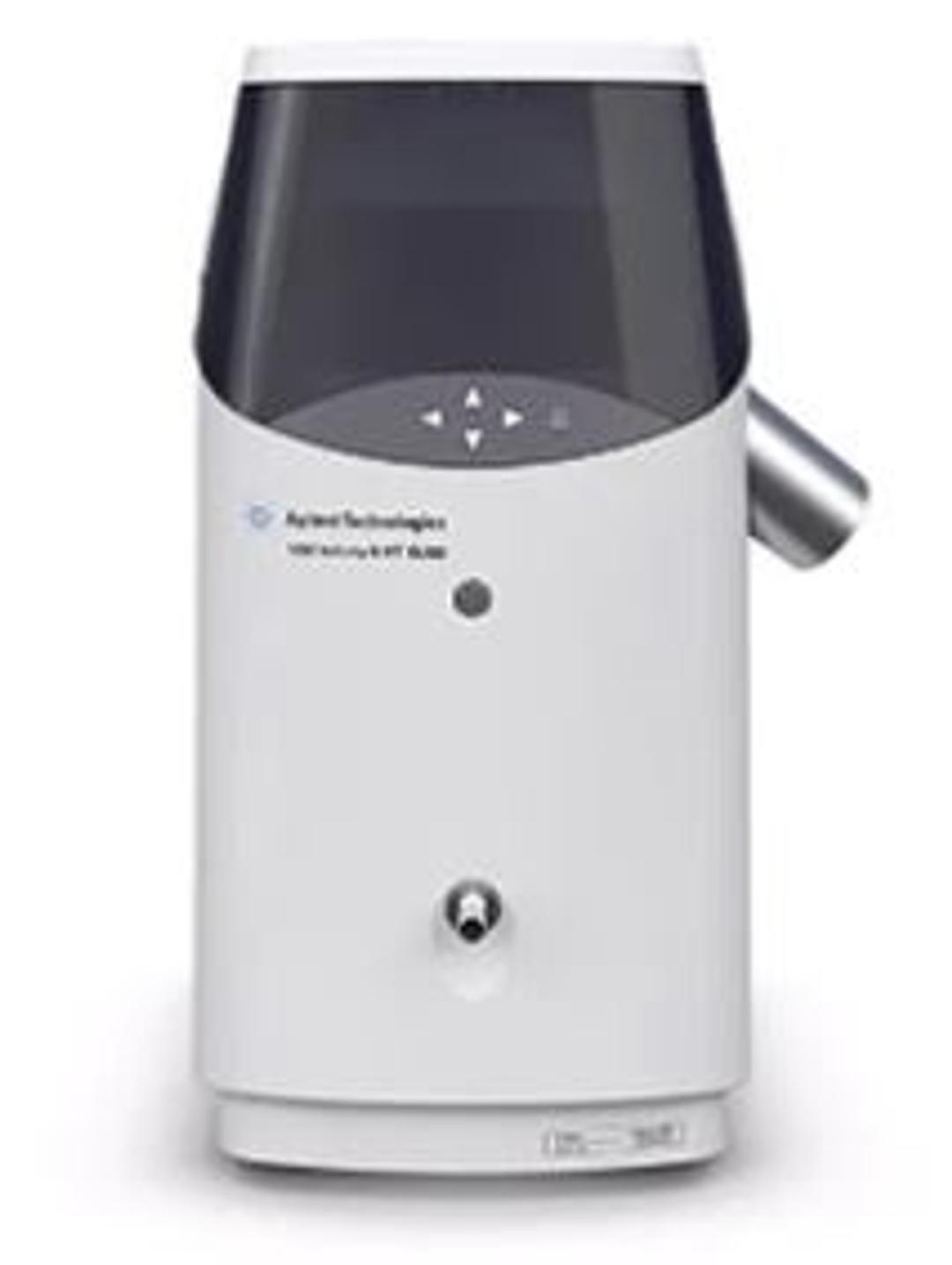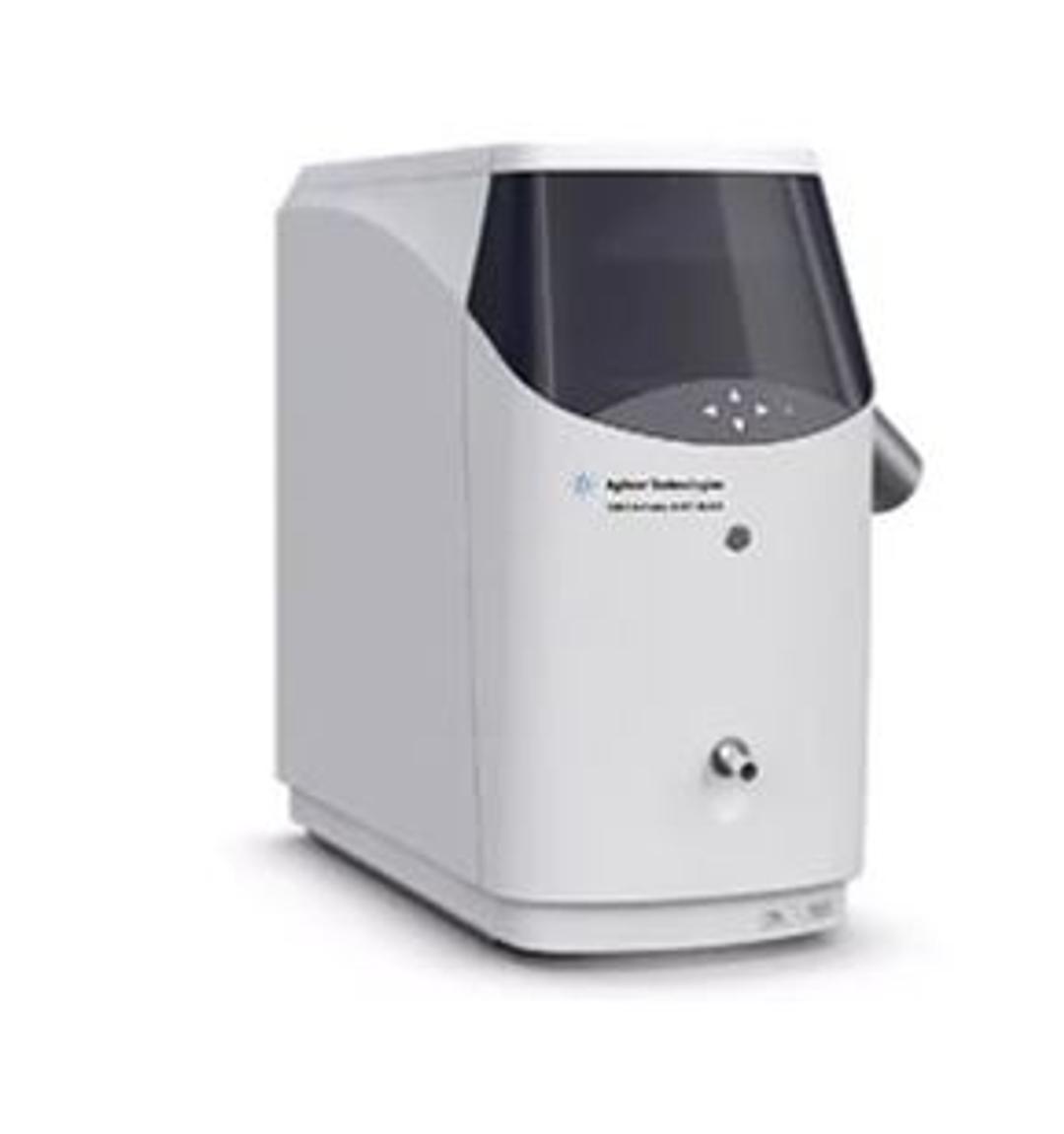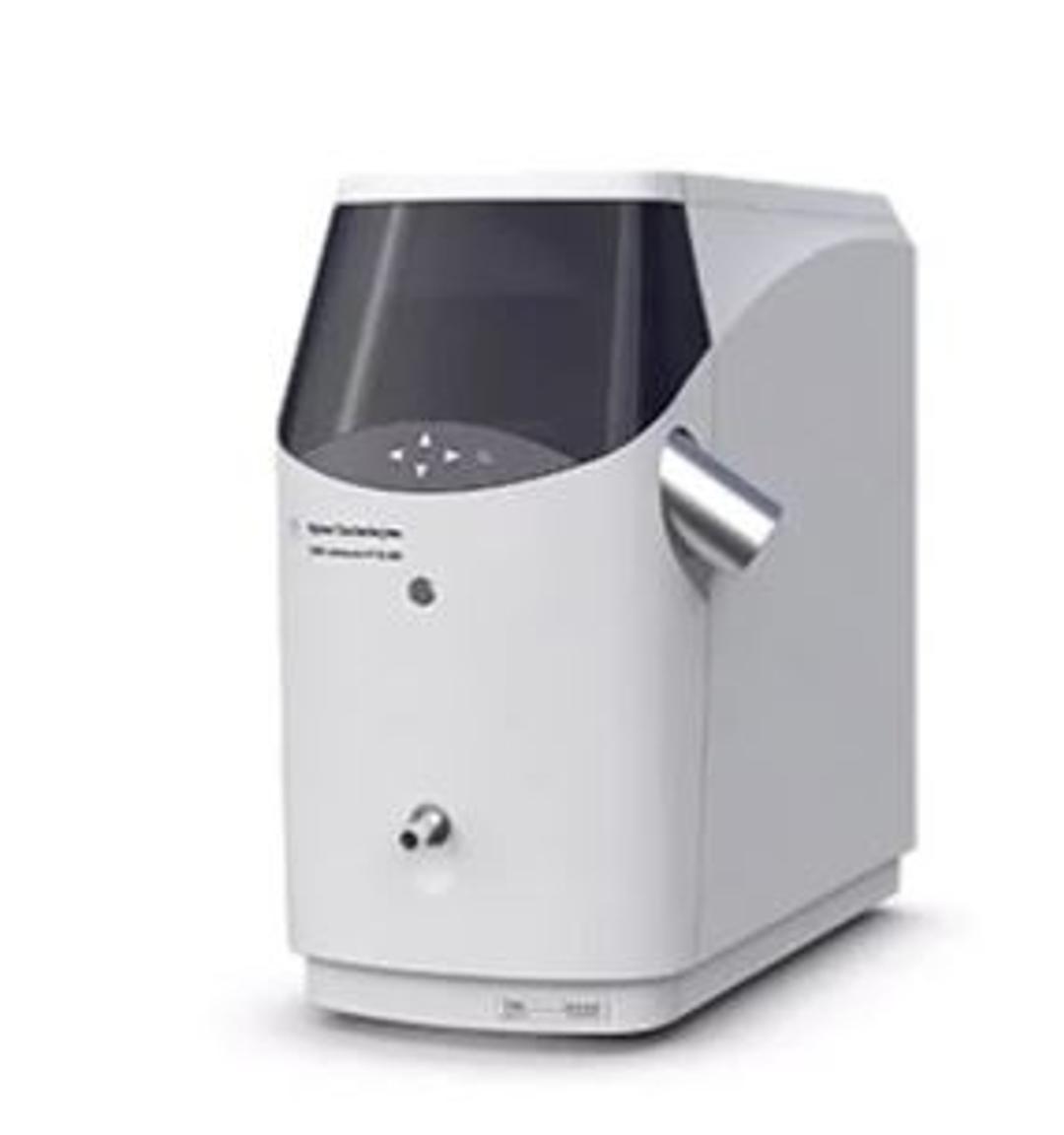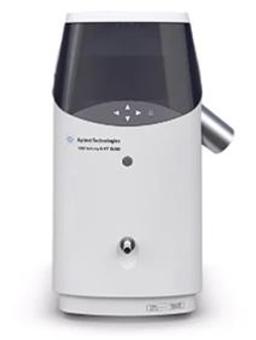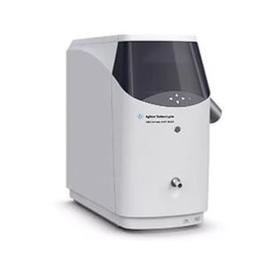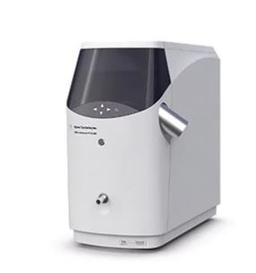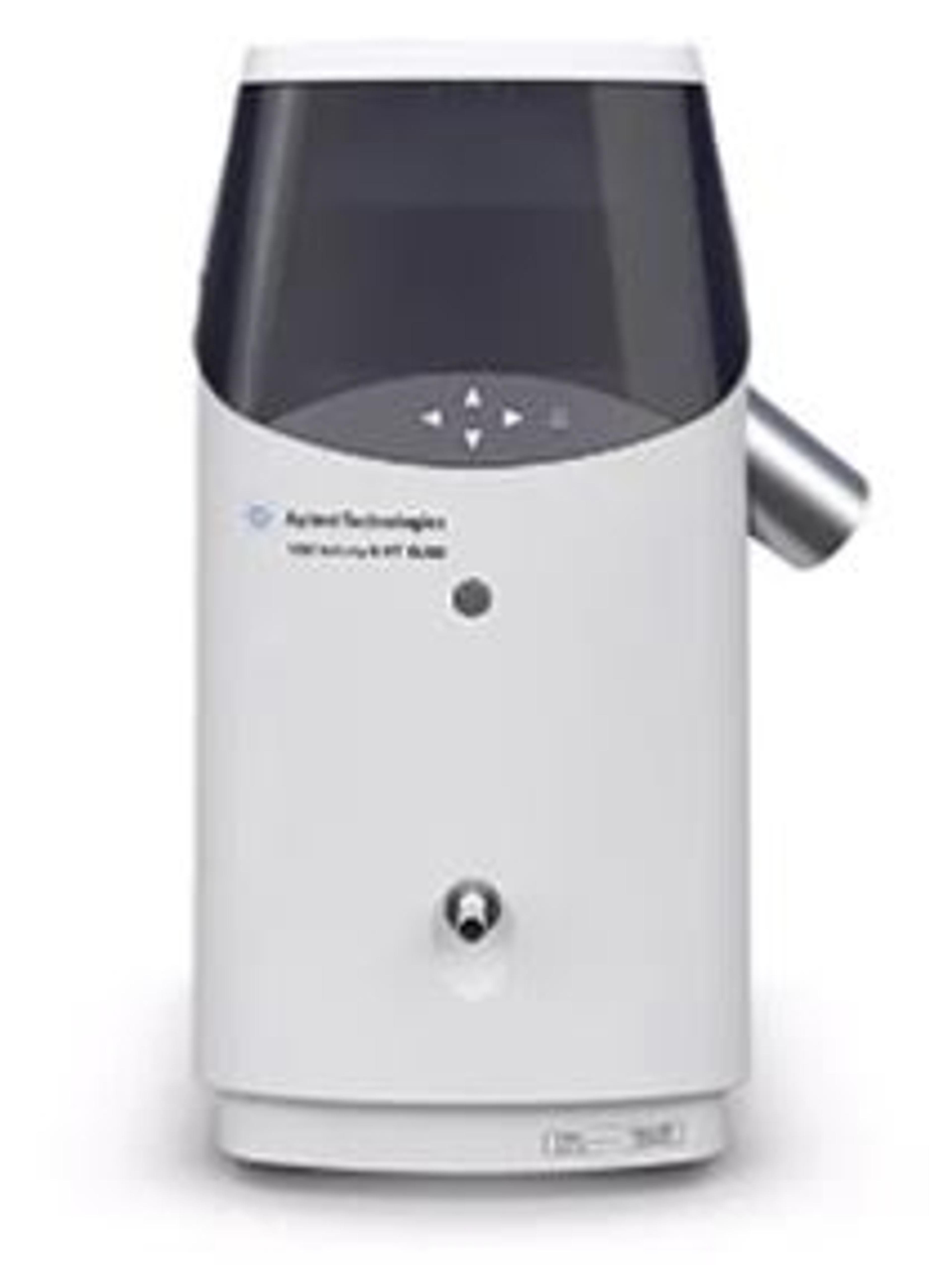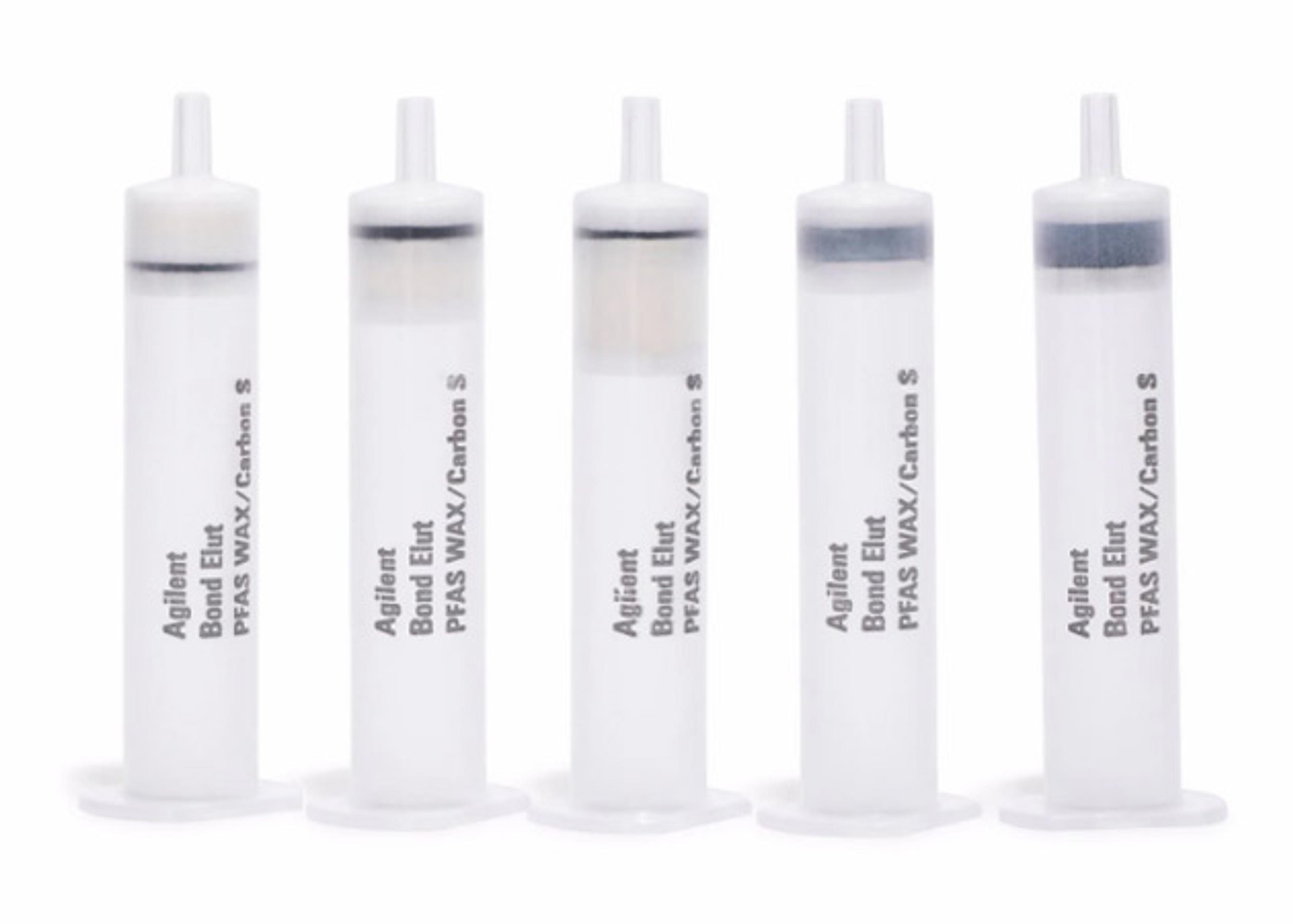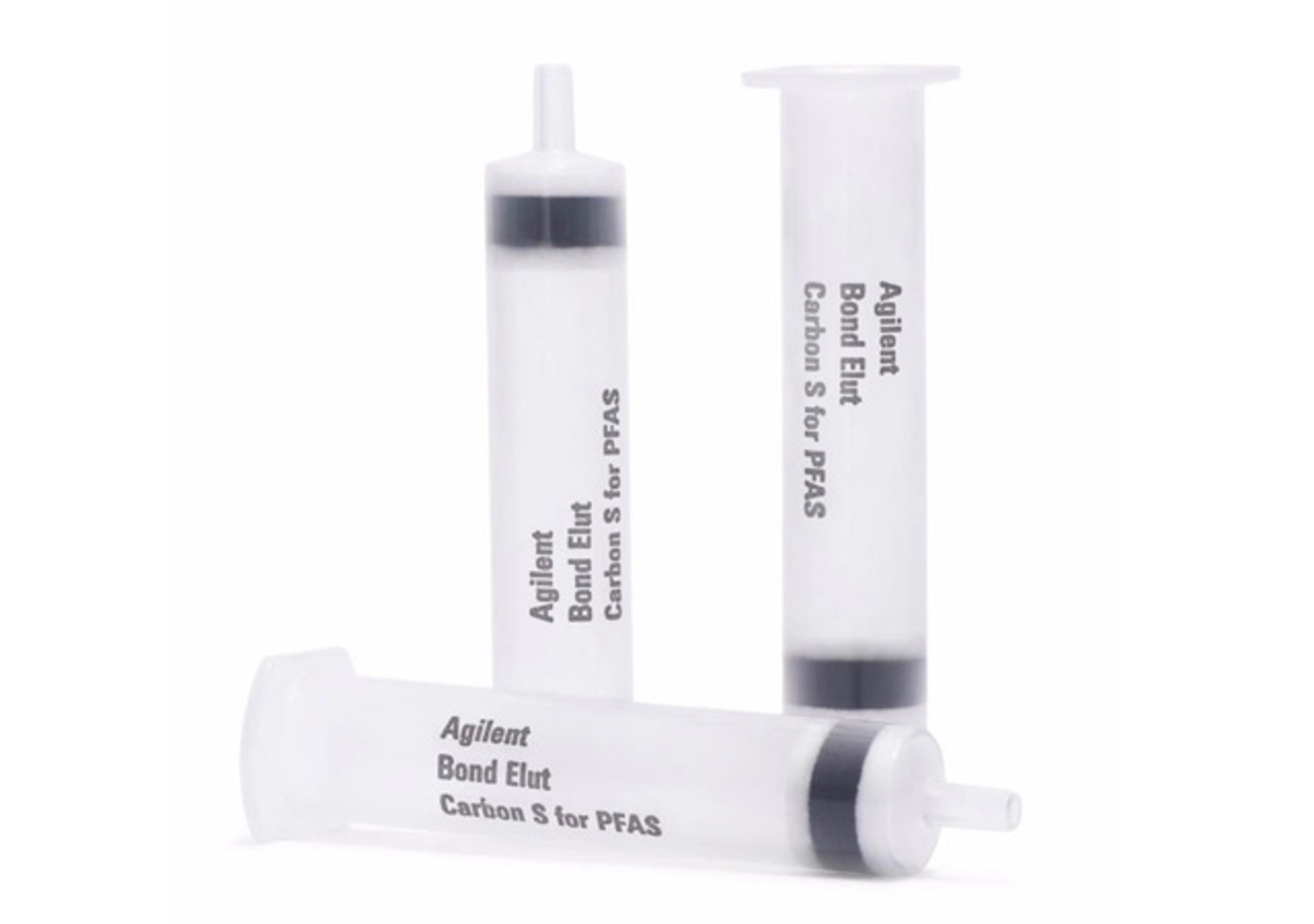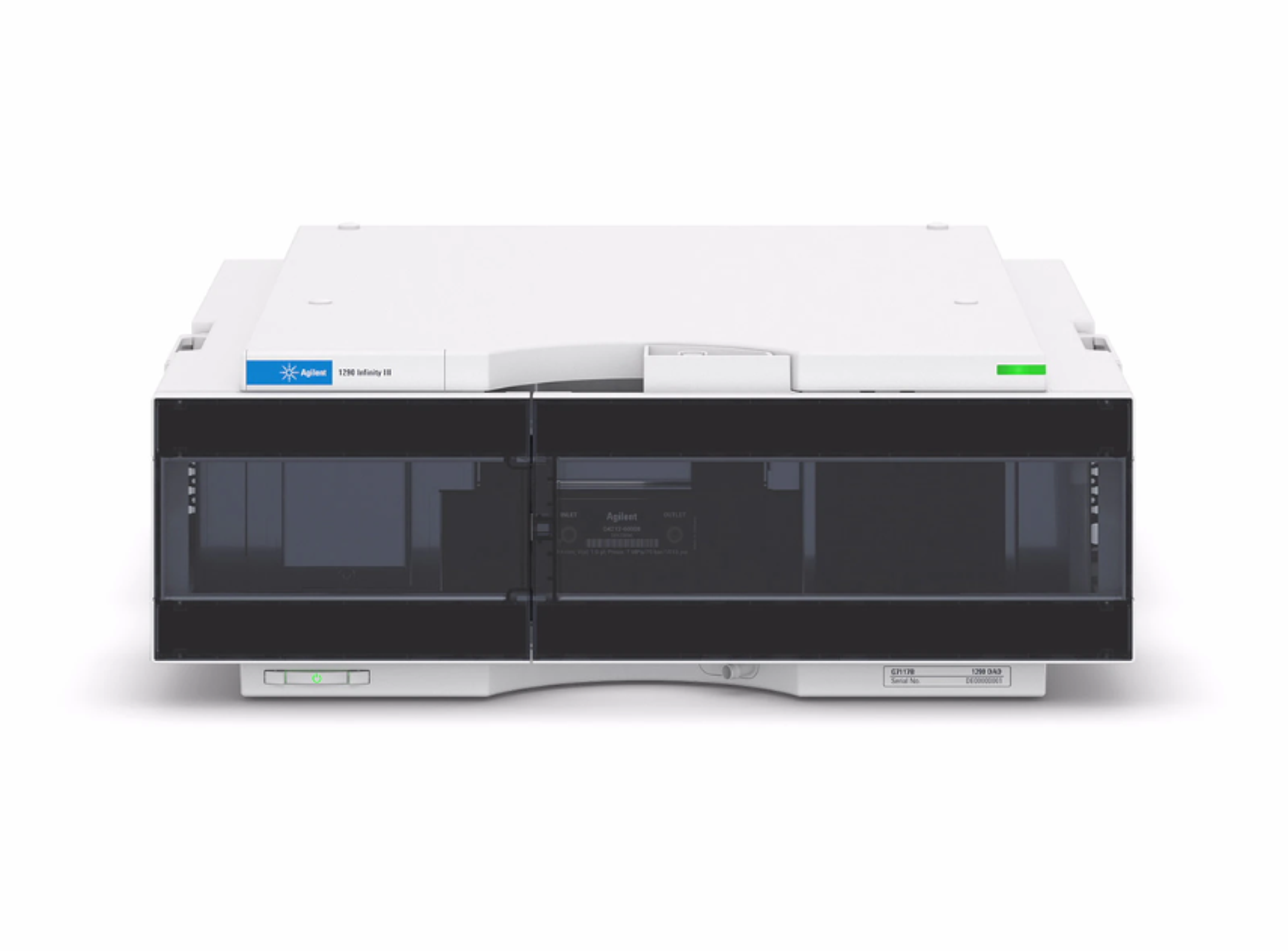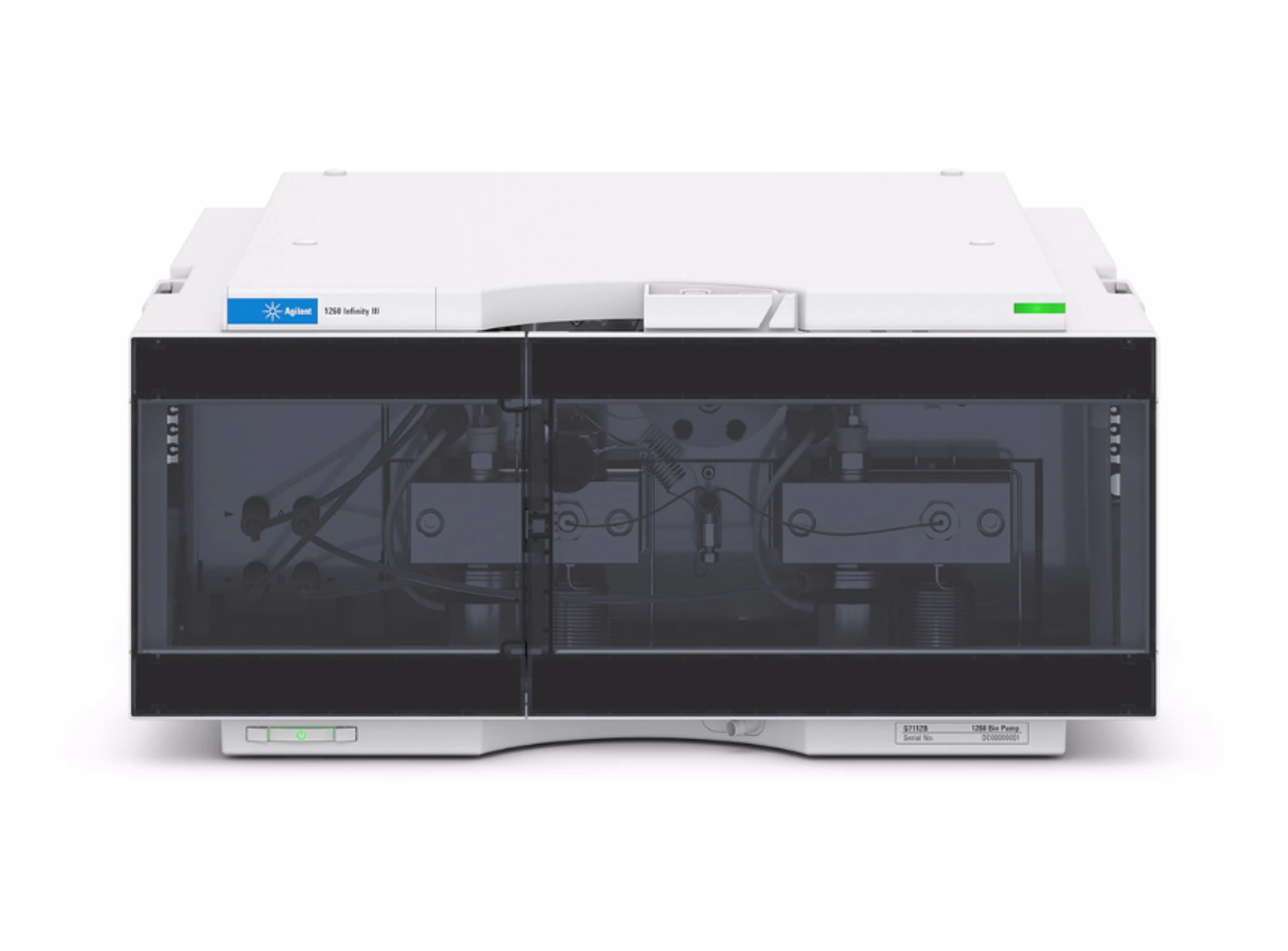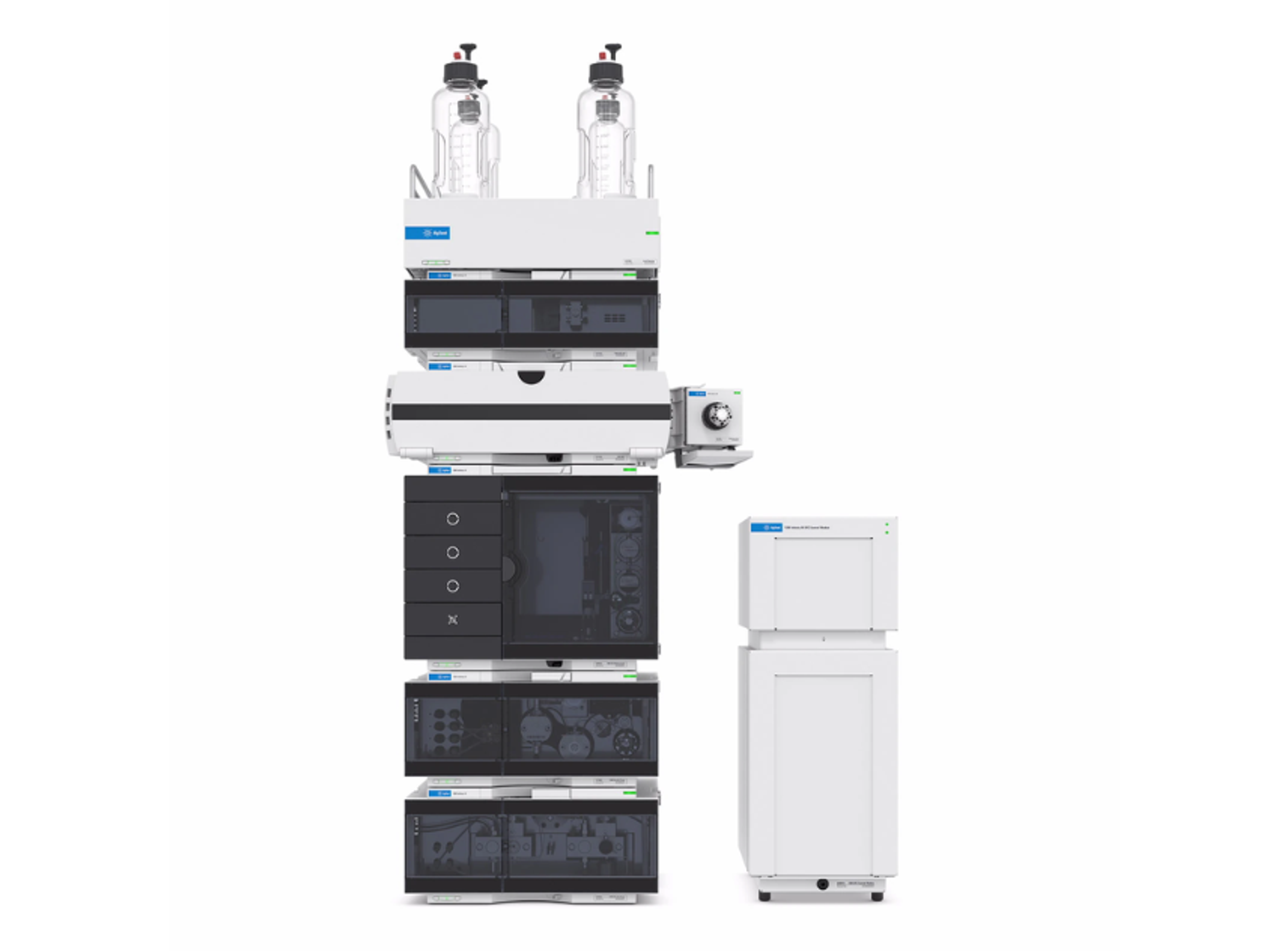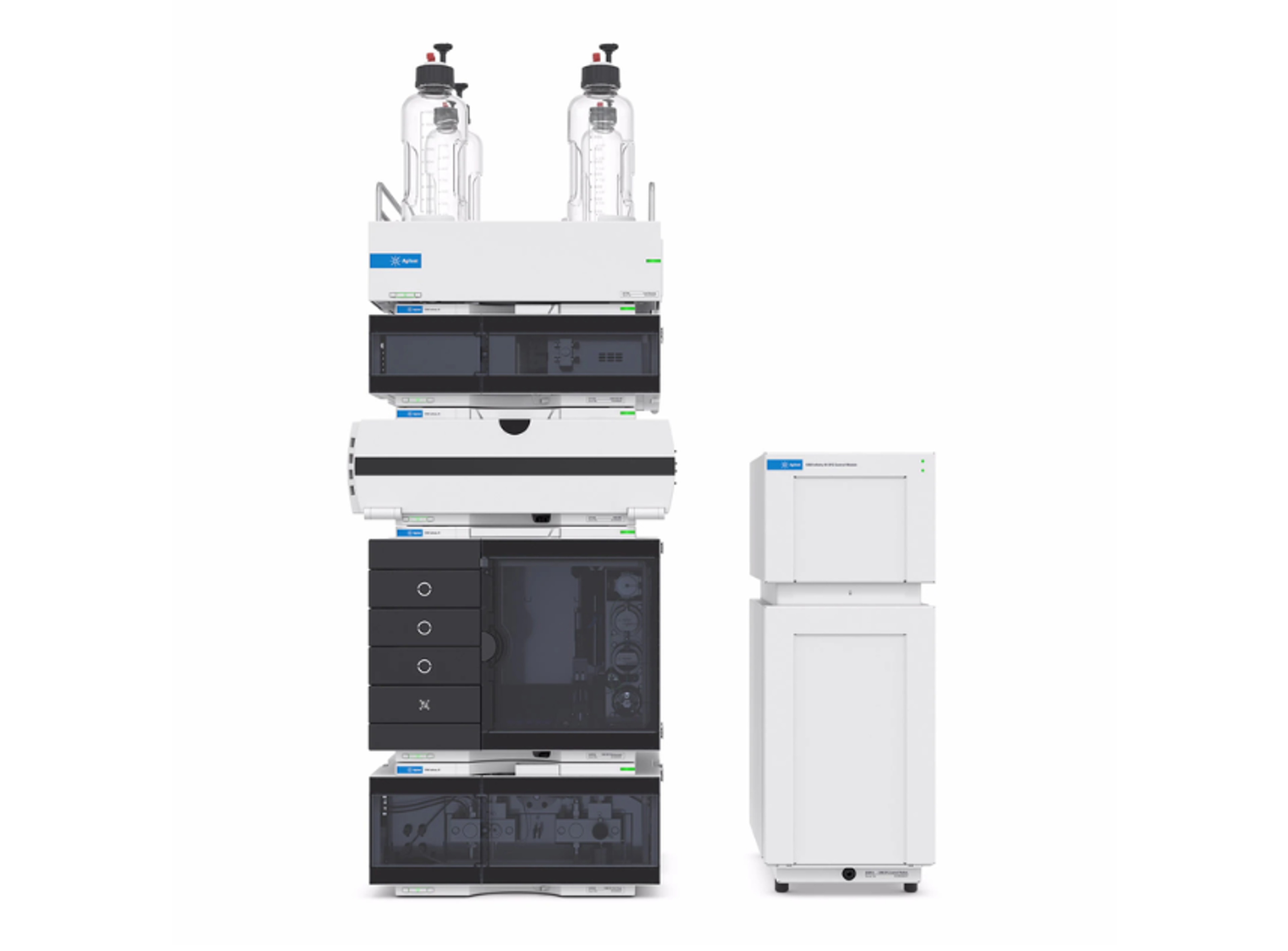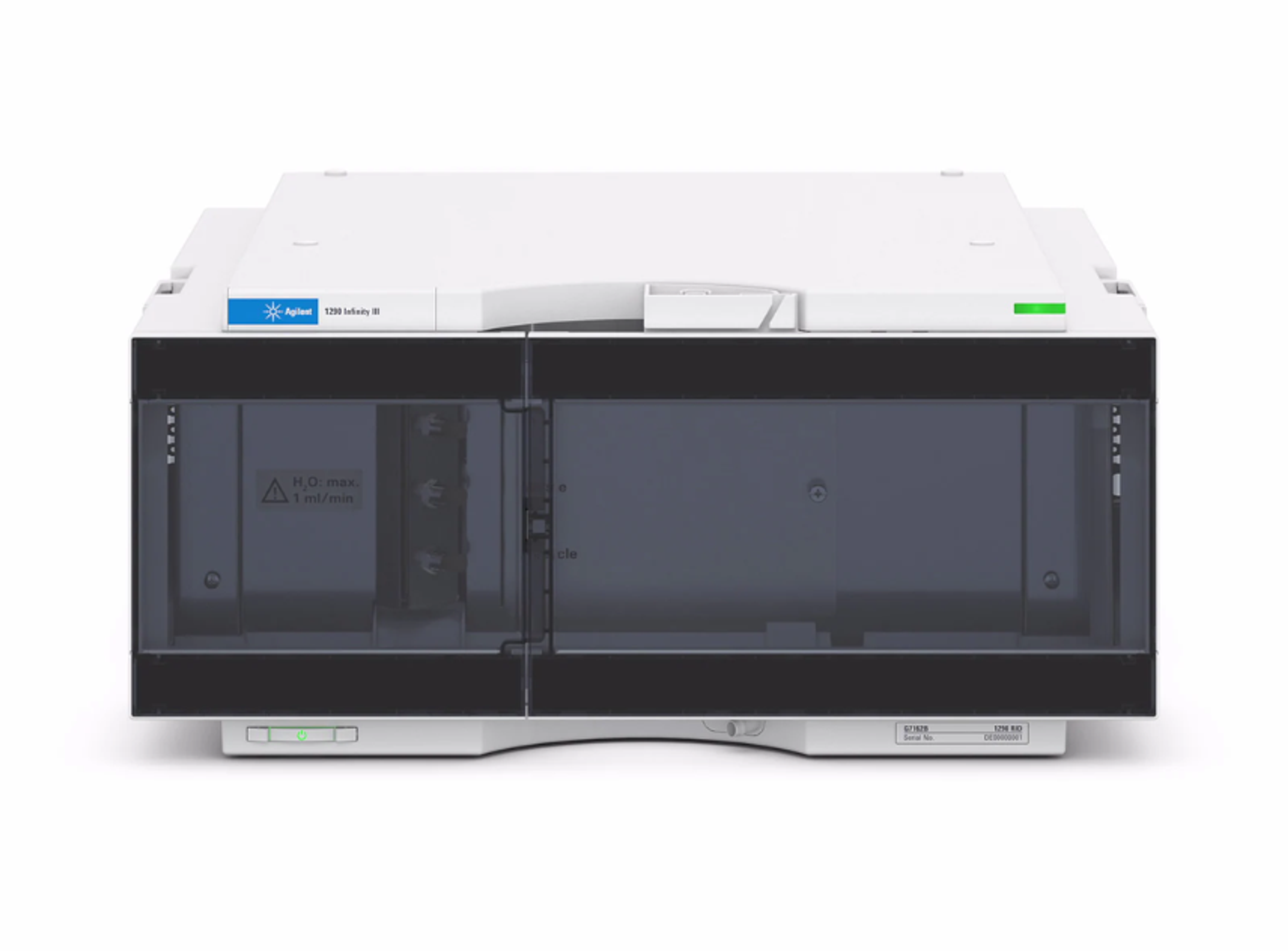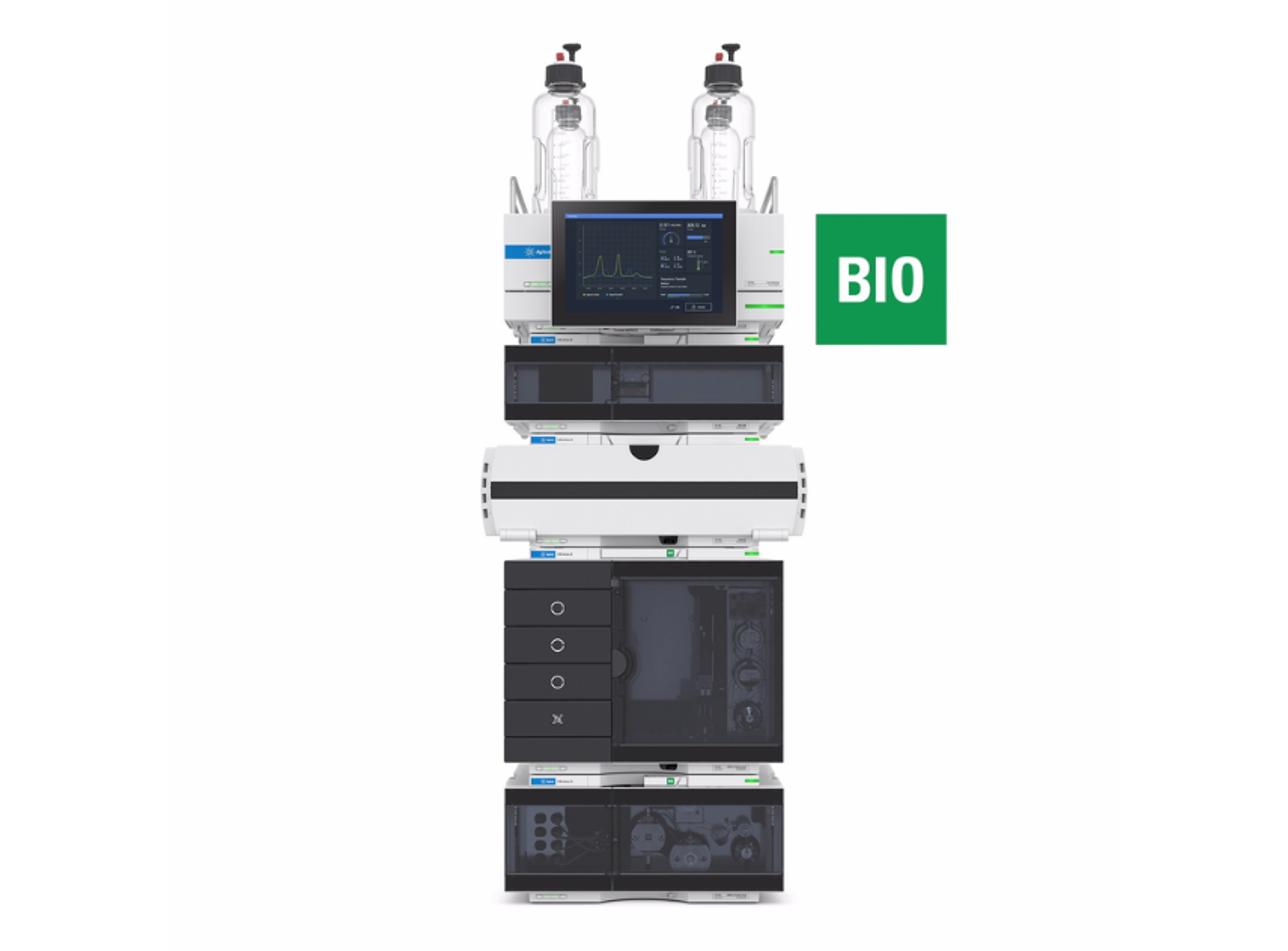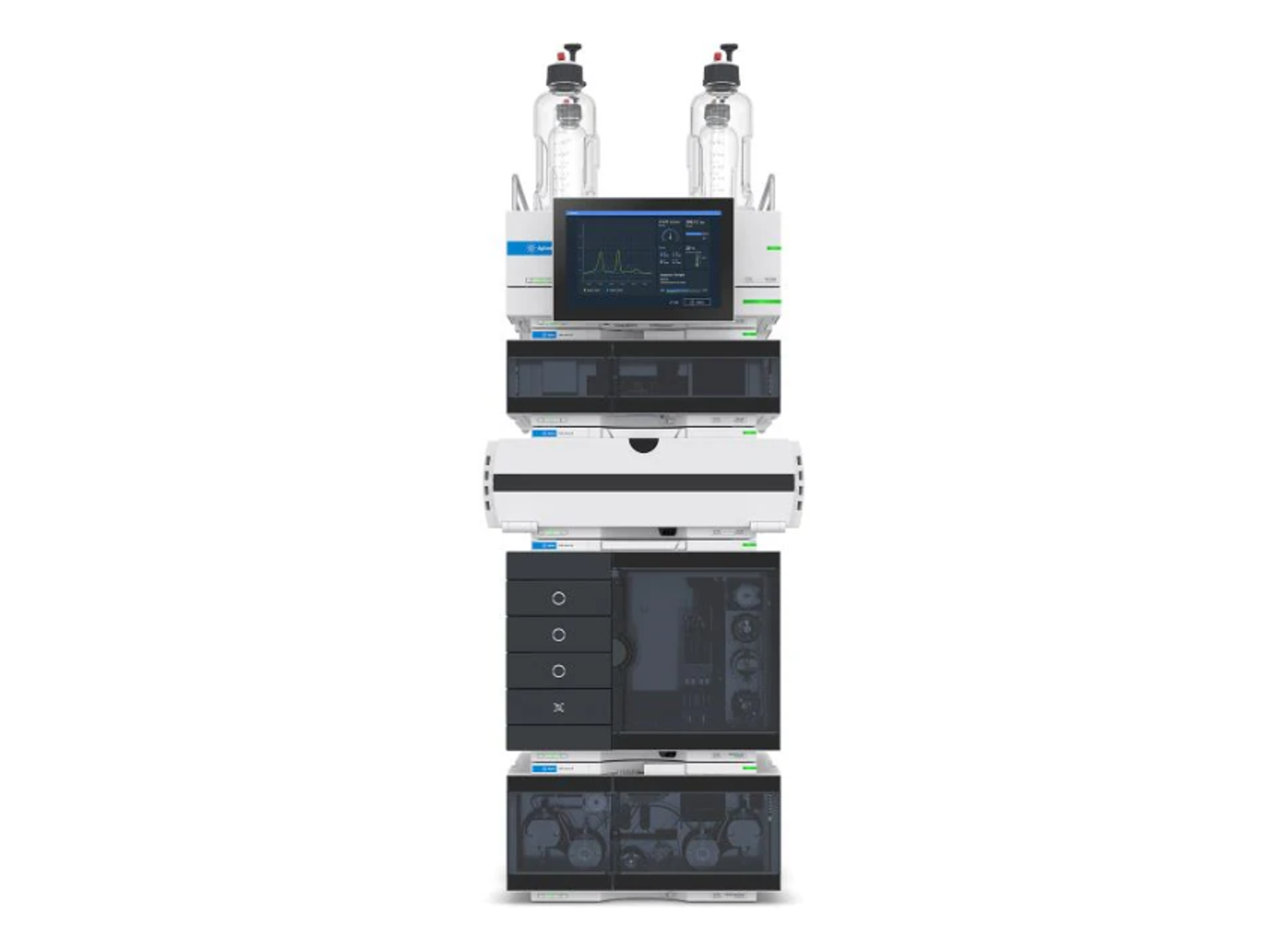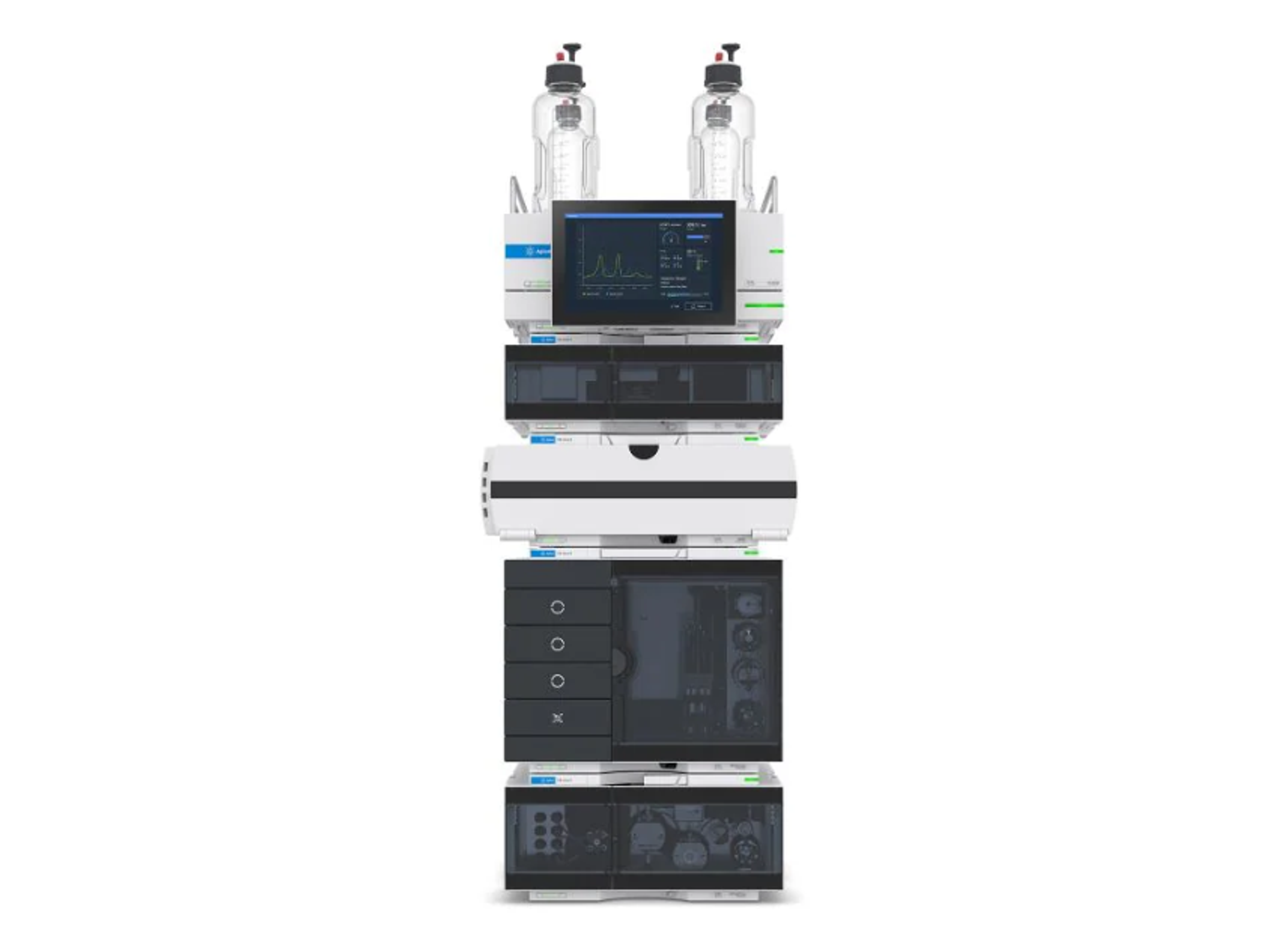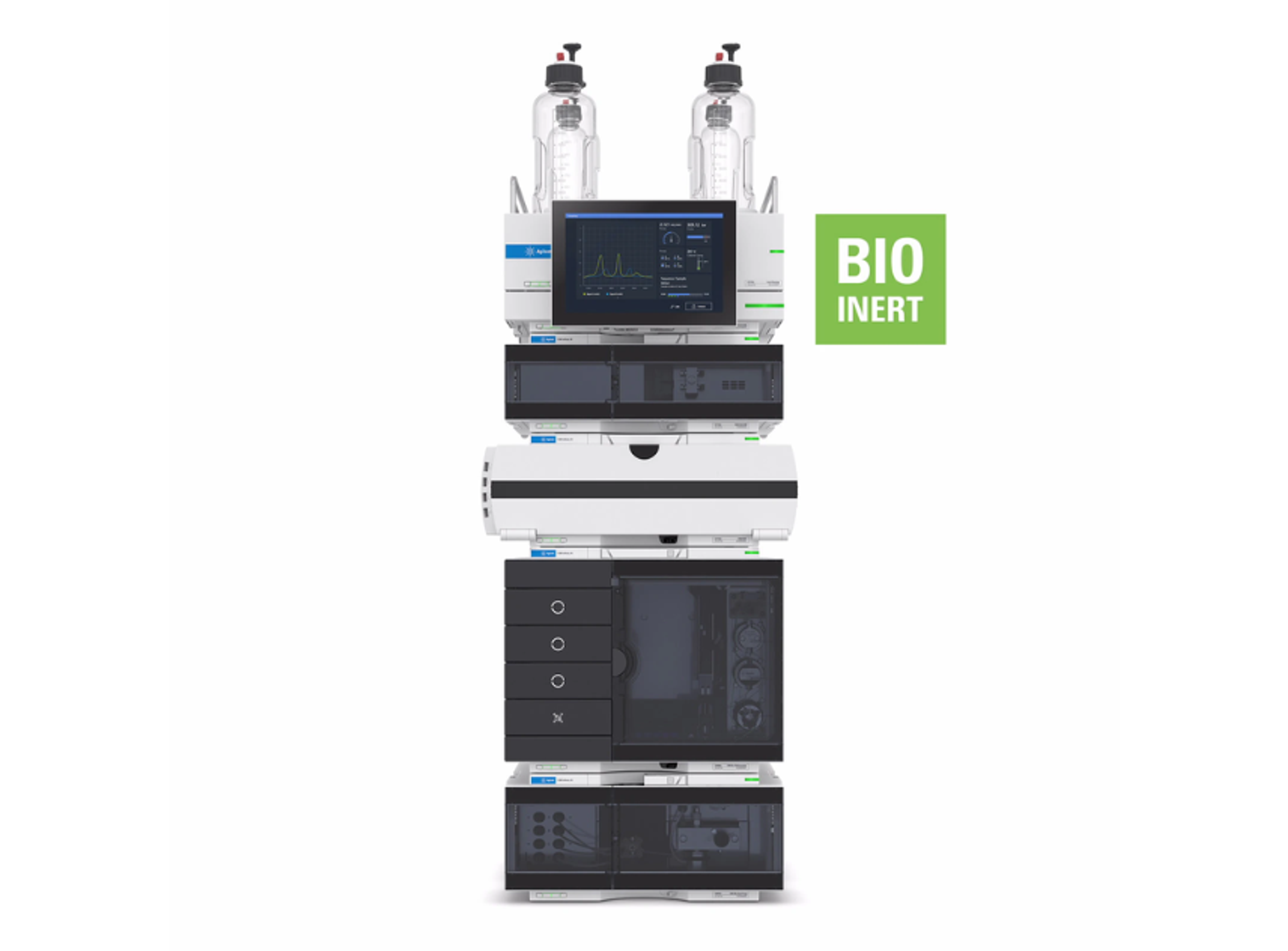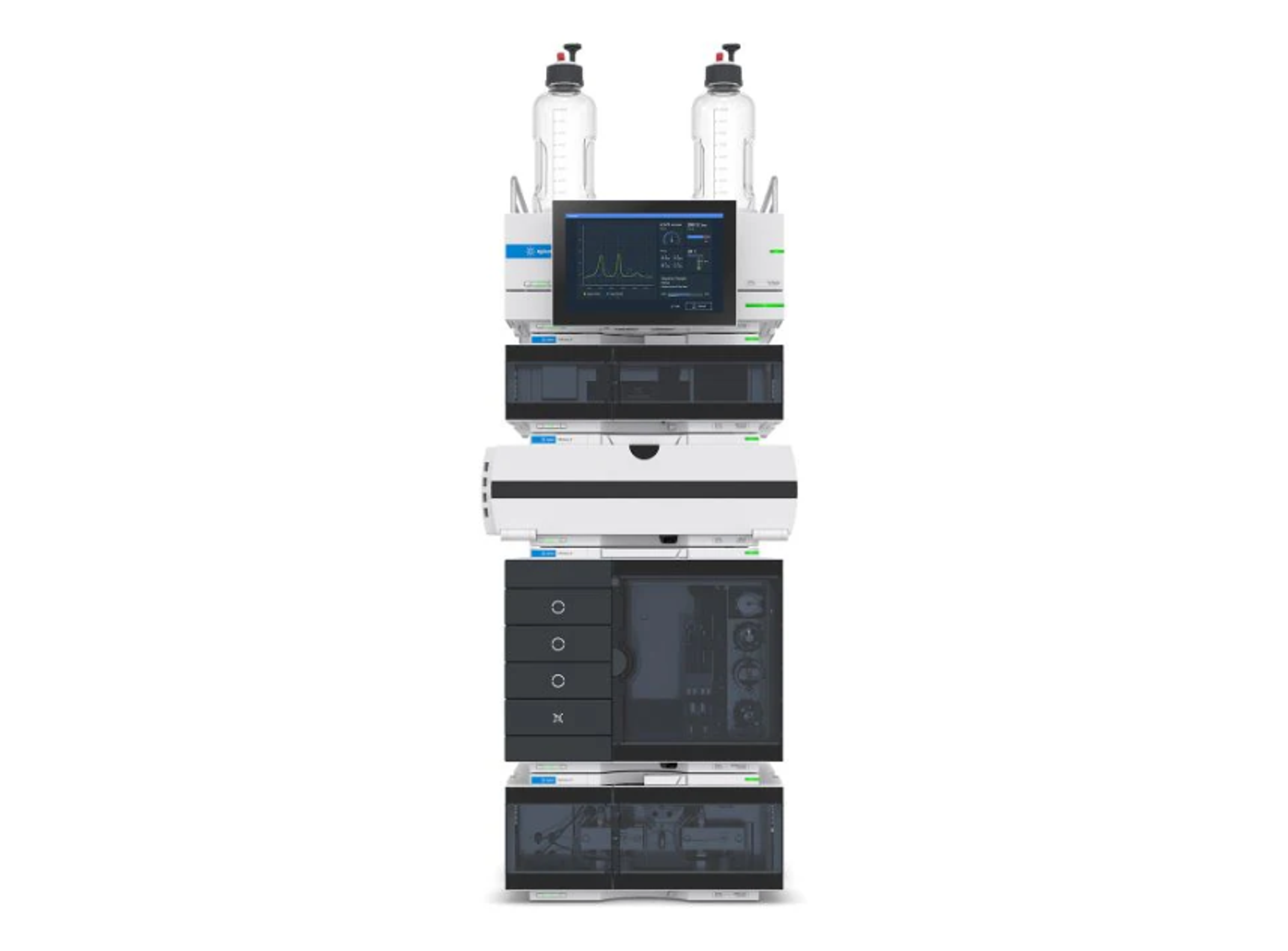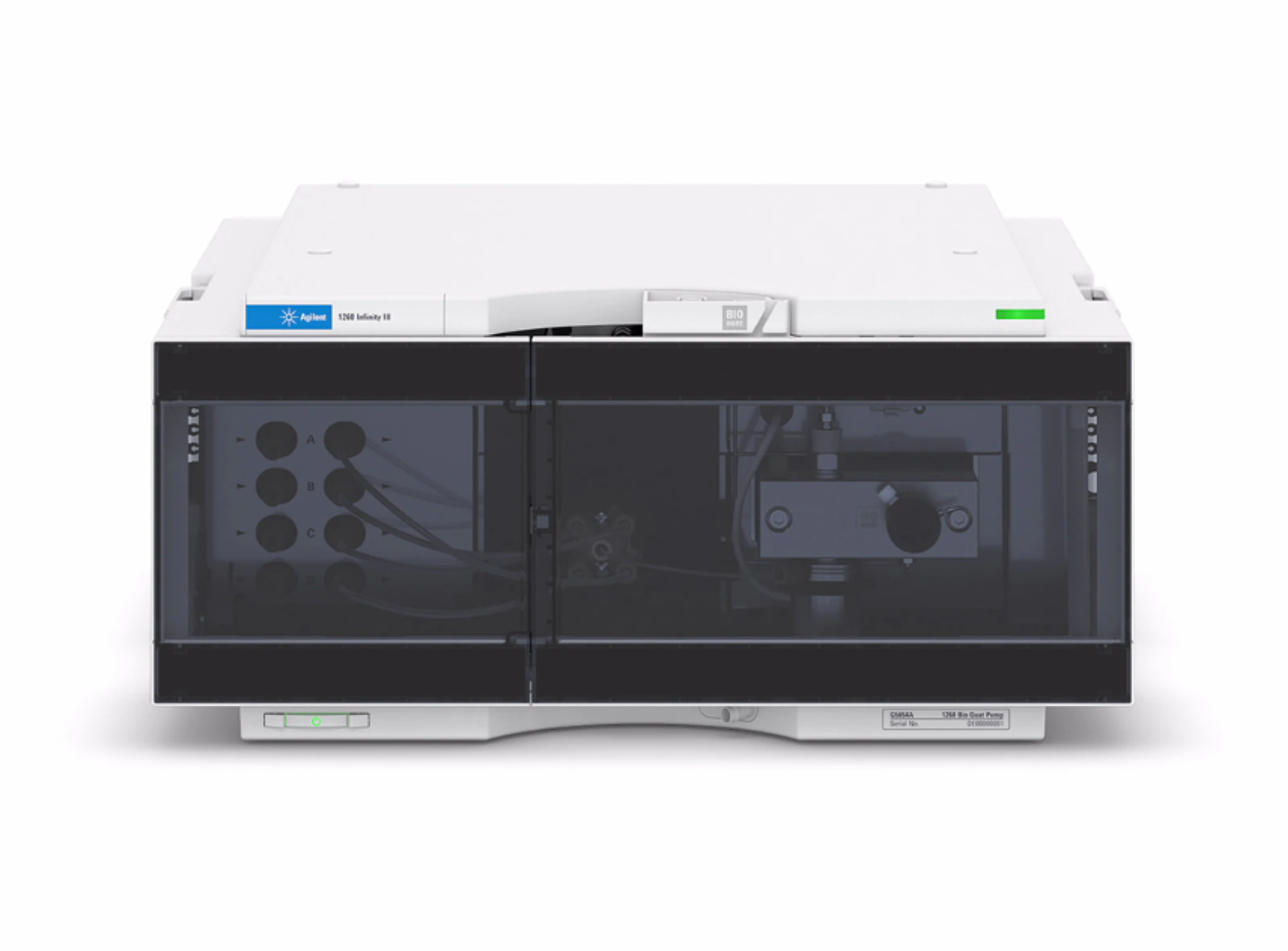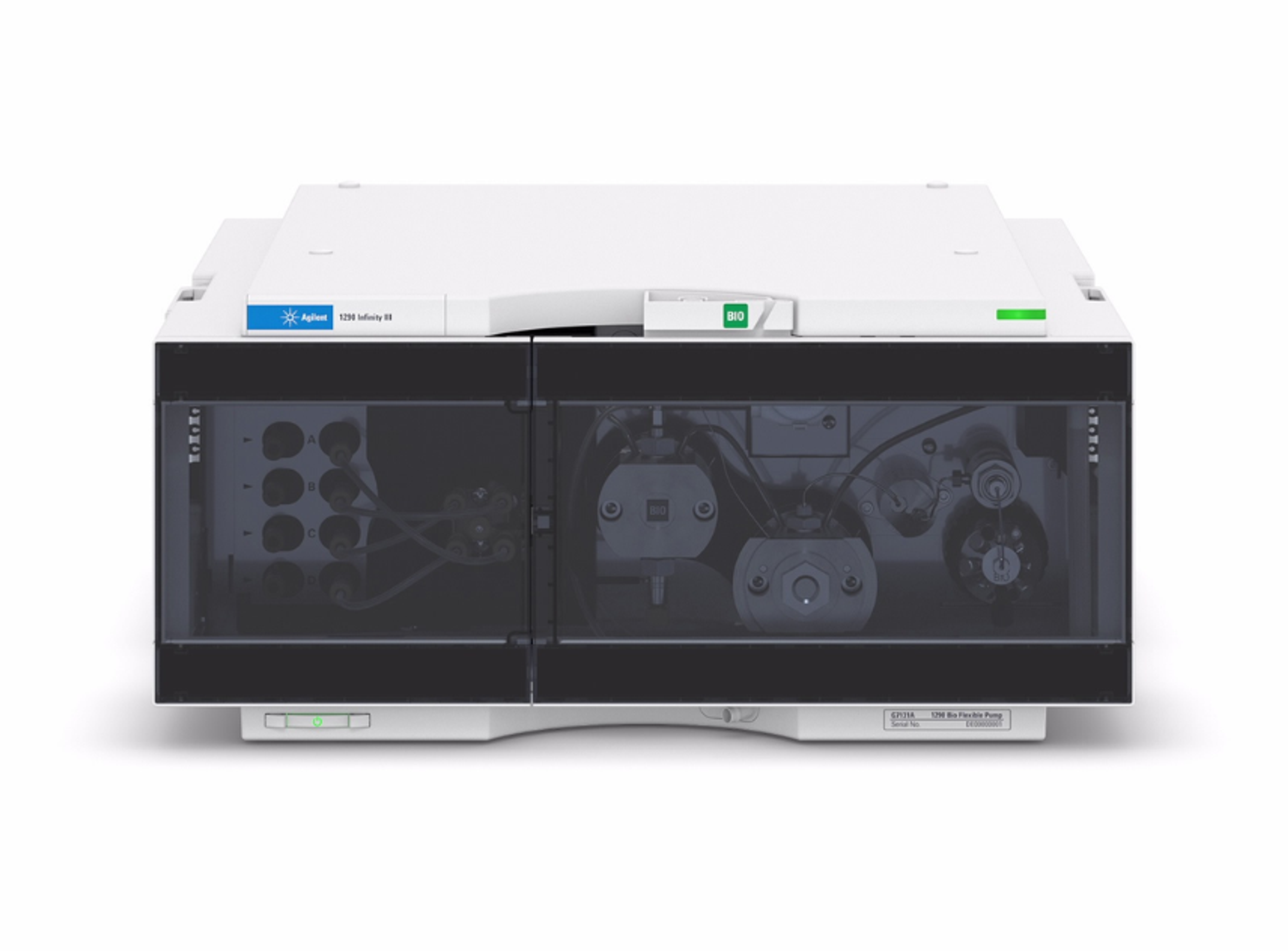Agilent 1260 Infinity II High-Temperature Evaporative Light Scattering Detector
The 1260 Infinity II High-Temperature Evaporative Light Scattering Detector (HTELSD) is capable of detecting very low concentrations of high-molecular-weight polyolefins (polyethylene and polypropylene) at elevated temperatures. The need to analyze ultrahigh-molecular-weight polyethylene (UHMWPE) requires a new detection technique that offers a high level of baseline stability in order to reproducibly detect and permit accurat…
The 1260 Infinity II High-Temperature Evaporative Light Scattering Detector (HTELSD) is capable of detecting very low concentrations of high-molecular-weight polyolefins (polyethylene and polypropylene) at elevated temperatures. The need to analyze ultrahigh-molecular-weight polyethylene (UHMWPE) requires a new detection technique that offers a high level of baseline stability in order to reproducibly detect and permit accurate analysis of this part of the molecular weight distribution.
High-temperature ELSD is ideal for polymers that require lower column loading to reduce the risks of shearing and degradation. Considerably more sensitive than refractive index detectors, there are no negative or interferring peaks to compromise accurate analysis.
Features:
- Reduced analysis times - minimum system equilibration and maximum baseline stability
- Superior sensitivity compared to a differential refractometer (DIR) - makes high-temperature GPC the technique of choice for analysis of UHMWPE samples that require low concentrations for dissolution and analysis, helping you to develop and charactierize new, higher-performance polymers
- Easy-to-process data - zero baseline drift, and the removal of interfering solvent peaks, ensure accurate, reproducible results
- Accurate molecular weights - improved linearity and integrity in the determination of molecular weights is another benefit achieved through lower operating temperatures
- Better linearity and reproducibility than refractive index detection (RID) - RID response often reduces with concentration and the dn/dc of the polymer changes at lower molecular weight
- High-temperature ELSD does not depend on sample physical properties and ensure accurate linear response
- No risk of sample precipitation - a precisely controlled high-temperature transfer line connects the high-temperature GPC system with the ELSD
- No cold spots ensure samples remain in solution
- Zero issues with peak polarity - the peaks obtained with high-temperature ELSD are always positive, unlike with DRI, where it is common to observe both positive and negative sample peaks
- No peak interference when selecting baselines - solvent peaks at total permeation can make it difficult to select the limit of integration at low molecular weights

